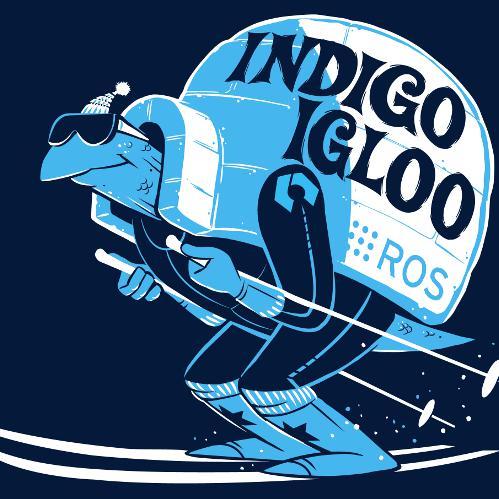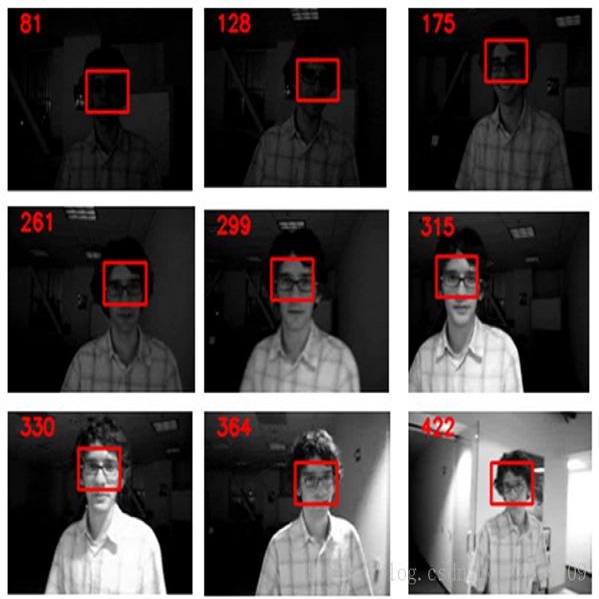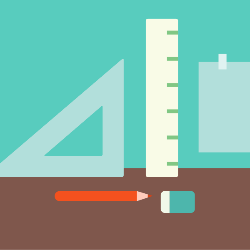
TraQuad is an autonomous tracking quadcopter capable of tracking any moving (or static) object like cars, humans, other drones or any other object on-the-go. This article describes the applications and advantages of TraQuad and the reduction in cost (to about 250$) that has been achieved so far using the hardware and software capabilities and our custom algorithms wherever needed. This description is backed by strong data and the research analyses which have been drawn out of extant information or conducted on own when necessary. This also describes the development of completely autonomous (even GPS is optional) low-cost drone which can act as a major platform for further developments in automation, transportation, reconnaissance and more. We describe our ROS Gazebo simulator and our STATUS algorithms which form the core of our development of our object tracking drone for generic purposes.
翻译:Traquad是一个自主的跟踪四分位仪,能够跟踪汽车、人类、其他无人驾驶飞机或任何其他现成物体等任何移动(或静态)物体,这一条描述了Traquad的应用和优势,以及迄今为止利用硬件和软件能力以及我们在需要时的定制算法已经实现的成本(约250美元)的减少。这一描述有强有力的数据和研究分析作为佐证,这些分析是从外部信息中提取的,或在必要时自行进行。这还描述了完全自主(甚至全球定位系统是可选择的)低成本无人驾驶飞机的发展,这可以作为在自动化、运输、侦察和其他方面进一步发展的主要平台。我们描述了我们的ROS Gazebo模拟器和我们的状态算法,这些算法构成我们为通用目的发展物体跟踪无人驾驶飞机的核心。



